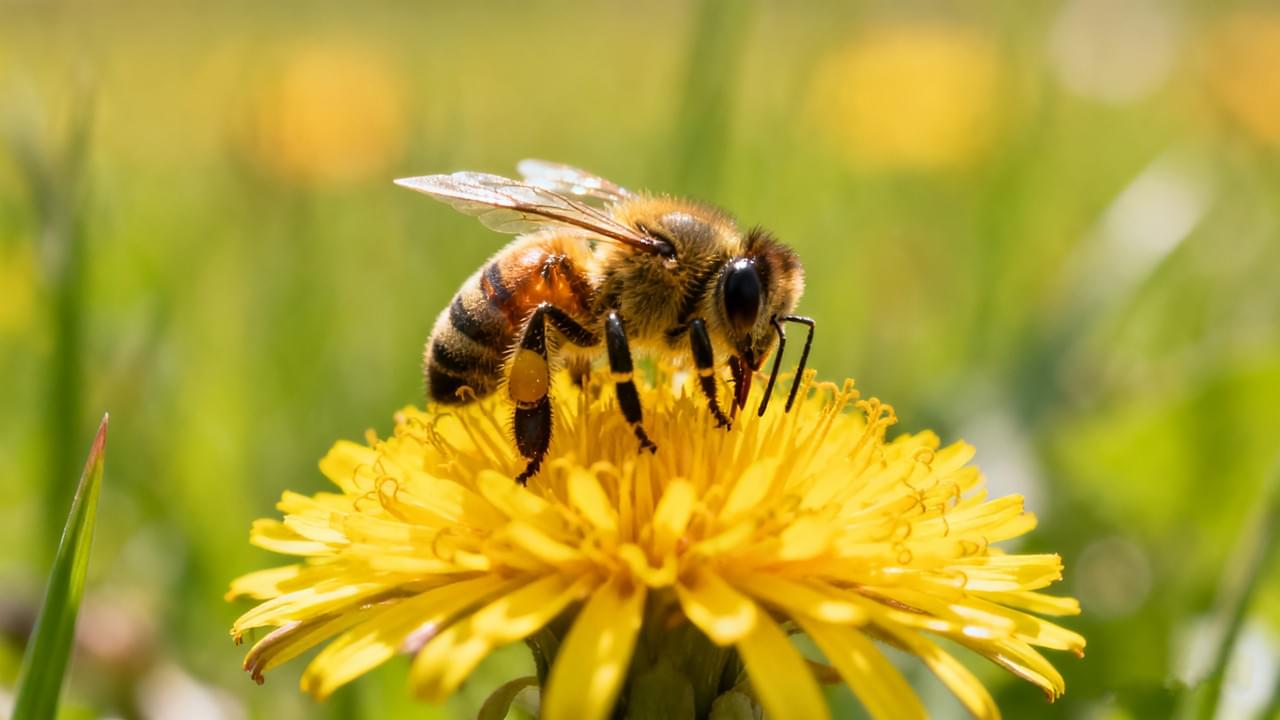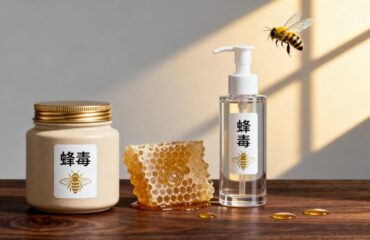The field of bee venom therapy is experiencing a renaissance as interest in nature-based healing grows. In its simplest form, bee venom therapy involves the controlled use of honeybee venom to support health, relieve inflammation and stimulate regeneration. This blog explores the historical roots, current applications and future directions of this fascinating approach. Along the way you’ll see how bee venom therapy benefits are being evaluated by science, how modern bee venom research is shaping applications, and how ethical bee venom extraction matters for long-term sustainability.
1. A Rich Heritage: Historical Background of Bee Venom Therapy
Healing with bee venom can be traced back to ancient civilizations in Egypt, Greece and China, where healers used bee stings or bee product-infused remedies to relieve joint pain and swelling. Over centuries, traditional apitherapy evolved into more structured treatments in parts of Asia and Europe. The historical legacy provides an essential backdrop for understanding how bee venom therapy gained traction—and why it still holds allure today.
2. How Bee Venom Therapy Works: Science & Mechanism
At the core of bee venom therapy is a complex mixture of active molecules such as melittin, apamin and phospholipase A₂. Research shows melittin has potent anti-inflammatory activity by suppressing cytokines like TNF-α and IL-1β. Apamin has neural-modulating effects, and phospholipase A₂ can play a role in immune regulation and tissue repair. Together, these compounds may account for many of the therapeutic responses observed in bee venom therapy benefits.
3. Current Applications: From Pain Relief to Skin Renewal
Today, bee venom therapy is being applied across a surprising breadth of contexts. In chronic joint pain and arthritis, studies indicate possible reductions in pain and inflammation. In skincare, topical products incorporating venom peptides are marketed for wrinkle reduction and skin regeneration, thanks to anti-inflammatory and collagen-stimulating effects. Additionally, modern bee venom research is exploring applications in neuroprotection (e.g., early studies in Parkinson’s disease) and even adjunctive oncology work, although it’s still early days. As you explore these applications, be aware that they vary in evidence strength—and professional supervision remains vital.
4. Safety, Standards & Ethical Bee Venom Extraction
Despite its promise, bee venom therapy carries risks and must be handled with care. Serious allergic reactions, including anaphylaxis, are documented. A systematic review found that bee venom acupuncture increased adverse event risk significantly compared to controls. Accordingly, skin-testing, professional oversight and clear protocols are essential. Meanwhile, ethical bee venom extraction emphasizes non-lethal methods for bees, transparency in sourcing, and purified formulations rather than uncontrolled live-sting approaches. This is pivotal both for patient safety and ecological sustainability.
5. The Future of Bee Venom Therapy: Emerging Trends & Innovations
Looking ahead, the horizon for bee venom therapy is energized by biotechnology and personalized medicine. Research is focusing on nano-delivery systems to target venom peptides precisely and reduce side-effects. At the same time, quality clinical trials and regulatory frameworks are needed to strengthen the evidence base and differentiate hype from substantiated promise. As ethical sourcing becomes standard, patients and consumers will increasingly ask whether their product reflects sustainable apiculture and rigorous scientific backing.
Why Bee Venom Therapy Matters Now
From ancient folk remedies to cutting-edge labs, bee venom therapy bridges tradition and innovation. When grounded in rigorous science, professional handling and ethical sourcing, it offers intriguing possibilities—whether for relieving pain, rejuvenating skin or advancing regenerative medicine. If you’re seeking a natural-medicine approach that holds both history and future potential, bee venom therapy is a topic worth your attention.



